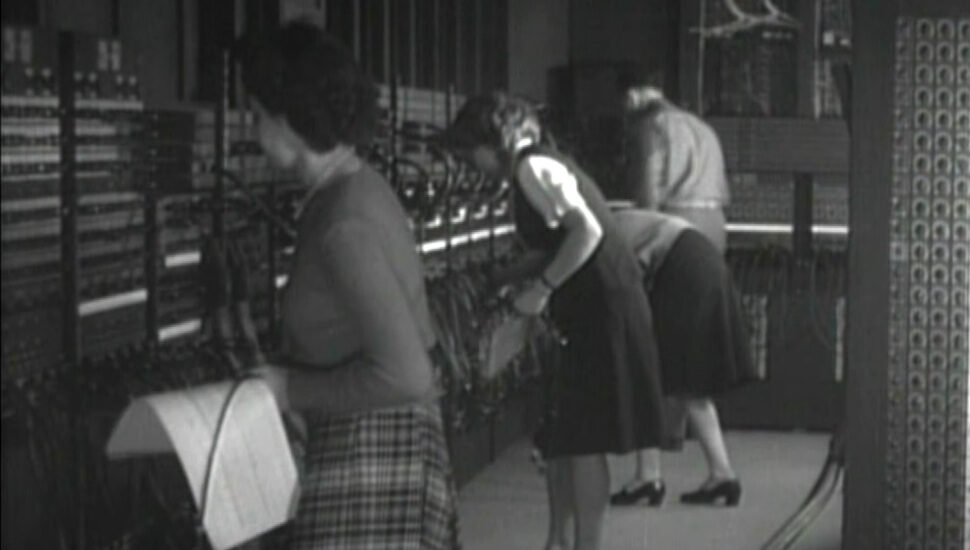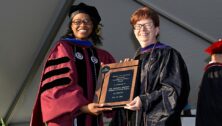When STEM for Girls Wasn’t Even a Twig, This Female Chestnut Hill Grad Taught an Early Computer to Think

Just as Hidden Figures illustrated the role of women in the space race, a new book — Proving Ground — is highlighting post-WWII mathematic heroines. Among these female STEM heroes was Fran Bilas, a Chestnut Hill College grad. Priscilla Montgomery Jensen totted up her accomplishments in a The Wall Street Journal book review
Bilas was hired to work on a U.S. Army initiative to develop an Electronic Numerical Integrator and Computer (ENIAC). The military’s interest was to calculate artillery trajectories.
But someone had to feed it calculations, which is how Bilas and five other female programmers became part of “Project X” at the University of Pennsylvania. Since they were already the “computers” of the data by hand (the birth of the word in that context), it seemed natural to transition them into doing it for a machine.
The effort involved teaching 80-foot-long array of vacuum tubes and electric components how to think. They did so by manipulating 3,000 switches, readying the configuration to accept punch cards to speed output.
The work finished in 1946.
A year later, Bilas married an electrical engineer on the ENIAC project. She exited the workforce to raise her family and never returned.
In 1997, Bilas and her teammates were inducted into the Technology International Hall of Fame.
In 2012, she passed away.
More on Fran Bilas and her work is at The Wall Street Journal.
Stay Connected, Stay Informed
Subscribe for great stories in your community!
"*" indicates required fields





















![95000-1023_ACJ_BannerAd[1]](https://montco.today/wp-content/uploads/sites/2/2023/03/95000-1023_ACJ_BannerAd1.jpg)


![ForAll_Digital-Ad_Dan_1940x300[59]](https://montco.today/wp-content/uploads/sites/2/2022/06/ForAll_Digital-Ad_Dan_1940x30059.jpg)

















